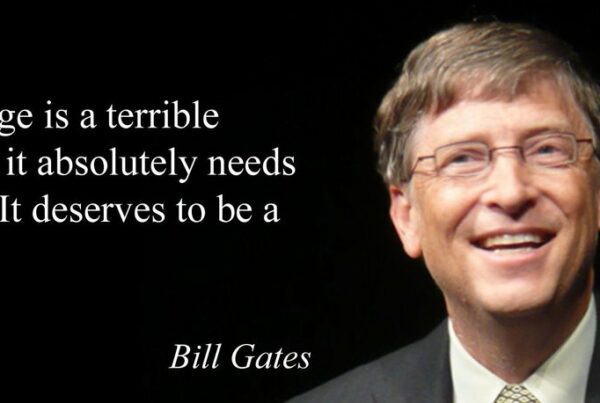Now is the time of incorporating digital in all facets of our lives. With a click of a button, we can order food, and have it delivered rather than interrupting our work to grab lunch, we can have a ride ready for us by using an app, we are able to book our hotels and travel – overall it has made some aspects of life much more convenient. Digital has allowed for smoother communication, convenience, and better-informed decision making for businesses.
Many managers believe that in order to integrate digital into their company there is going to be a large disruption, but that couldn’t be further from the truth. Some businesses need to incorporate technology slower than others, if you move things too quickly it can and will cause a disruption when employees are not able to understand the process of it all. Take, for example, incorporating apps that are better able to serve customers, it has not been disruptive – it’s been convenient for consumers. Digital integration is meant to be a convenience to customers and businesses as a whole – it is not meant to change your whole business.
- The Five Myths.
- Digital requires radical disruption of the value proposition.
- Digital will replace physical.
- Digital involves buying start-ups.
- Digital is about technology.
- Digital requires overhauling legacy systems.
 Digital doesn’t mean that physical will go away entirely. Many companies are finding ways to incorporate both. There are benefits to having both a physical and digital storefront – both create a different experience for the customer. A physical storefront allows customers to build an emotional connection while digital helps to better understand customers’ needs. Incorporating digital into stores helps create more of a customized profile of the client for future reference.
Digital doesn’t mean that physical will go away entirely. Many companies are finding ways to incorporate both. There are benefits to having both a physical and digital storefront – both create a different experience for the customer. A physical storefront allows customers to build an emotional connection while digital helps to better understand customers’ needs. Incorporating digital into stores helps create more of a customized profile of the client for future reference.
Digital involves buying start-ups. Knowing the proper approach when it comes to incorporating digital into start-ups is key. Incorporating digital into start-ups is helping to protect them by saving them time.
Digital is about technology. A myth is that managers often think that digital transformation is about technology change. Although technology plays an important part, it’s ultimately about the customer. How can you better serve the customer? Digital helps company’s better serve their customer needs by creating more-effective operations, mass customization or new offers.
Another myth is that digital requires overhauling legacy systems. This couldn’t be further than the truth. Do some companies need an overhaul or a revamp of their system? Yes, but does it need to be right away? No. Overhauling a system is and should be a process. When you try to throw something together, it often becomes too overwhelming for all involved and that is when mistakes are made. Take your time and revamp things in sections or modules to better improve the customer needs.
Overall, digital transformation is a great thing for most companies. It isn’t about replacing or disrupting, it is about opportunity and convenience for all involved. To have success you must focus on customer needs, organizational flexibility, respect for incremental change, and awareness that new skills and technology must be acquired and protected.
I read the article mentioned above (https://hbr.org/2019/07/digital-doesnt-have-to-be-disruptive) and thought it was interesting. While I am not offering an endorsement of a strategy, tactics, thoughts, service nor a company or author, the information was intellectually stimulating and thoughtful and worth a review.











